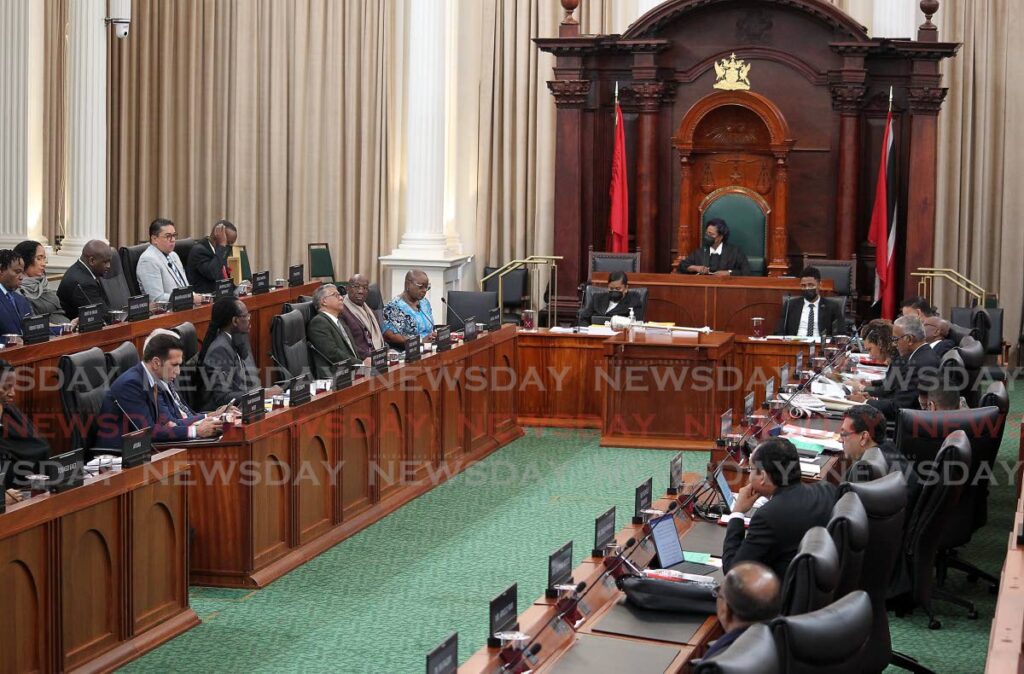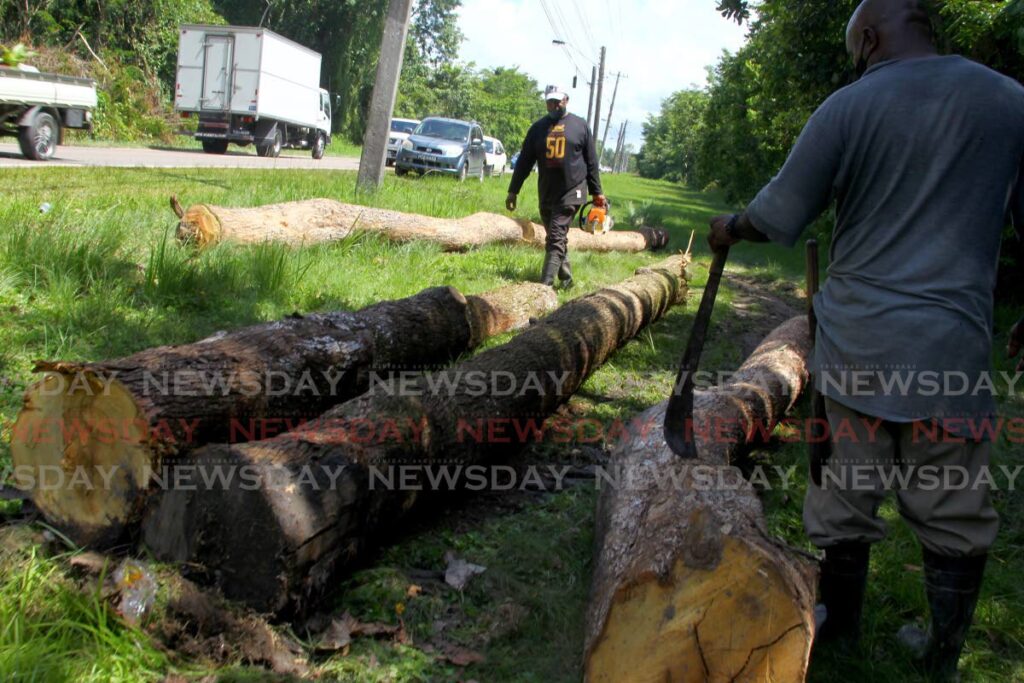What CSO data reveals about employment in Trinidad and Tobago

Most people involved in business were relieved when it was announced that the Central Statistical Office (the CSO) was again operating up to scratch, after several years of being shut down because of lack of accommodation.
As in the case of the DPP's office, accommodation had been available, but was not considered suitable.
But the public was now able to get accurate statistics about employment issues from the CSO once more.
This included such essential data as the number of people employed in significant economic categories in TT. Given the change in employment areas post-covid, understanding what these changes are is important, because it determines what market industries should aim at and what training young people wanting to enter commerce should search out.
Perhaps the CSO’s greatest accomplishment has been the publication of data for the third quarter of 2022, entitled Table 2: Labour Force by Employment Status, Occupational Group and Sex.
It lists the following table of occupations: legislators, senior officials and managers; professionals; technicians and associate professionals; clerks; service workers (including the defense force) and shop sales workers; forestry and fishery workers; craft and related workers; plant and machine operators and assemblers; elementary occupations; and not stated.
Of these, in the category of legislators, senior officials and managers, the total number is 65,000, with 64,700 currently employed, leaving only 400 unemployed. That makes it the closest category to full employment of any category recorded, other than plant and machine operators and assemblers.
The next category listed is professionals: total labour force 33,800, of whom the CSO lists 32,400 as employed.
Next listed: technicians and associate professionals has a total labour force of 83,000 and 81,500 employed.
Only 64,800 are listed in the next category – clerks – and 59,700 are employed.
Service workers, who include Defence Force and shop sales workers (although it escapes me what logical connection shop sales workers have with Defence Force workers, who surely have very different areas of responsibility) number 93,400, of whom 86,100 are employed, but only 7,000 fall under the category of those without work and looking for jobs.
Since these figures are not disaggregated, there is no way of discerning how many of these are government-employed and how many private-sector employed.
This is important when we are trying to understand the number of people who were paid their normal salaries by government during the covid lockdown. This data would be useful in order to be able to estimate the actual cost of government public servants.
This may be important, as is the case with other categories which quietly blended government and non-government categories, such as clerks, professionals, technicians and associate professionals.

As a result, entrepreneurs and other private-sector organisations that in fact employ the majority of workers in TT cannot plan for business strategies going forward on the basis of these statistics.
The category of agriculture, forestry and fishery workers the CSO listed for the third quarter of 2022 cites only a labour force of 18,000, all of whom are employed. This figure may only appear to be credible if it covers only those employed in various ministries and associated bodies under government supervision.
The next category listed is craft and related workers, which lists a labour force of 75,900, 72,600 of whom are employed. One would have to assume that these are employed or entrepreneurial workers who have to pay government taxes and are therefore included in government records as such.
At that time and date, only 37,500 people were counted by the CSO as being included in the labour force for plant and machine operators and assemblers, who we assume are largely private-sector workers.
The last category listed is that of “elementary occupation,” which is not specified but included the largest number of people – 119,000, of whom 109,900 are employed.
There is one other category which does not state the jobs – called “not stated" in the CSO's labour force list: only 5,200 people are included, and of those, 2,900 are employed.
It was only when I read about the experiment in a Sunday paper in which it was advertised that a 17-year-old “girl,” who turned out to be a computer fiction, was offering sexual services for sale, that I realised how big the demand for those services is. The report revealed that 200 men responded within the first week, which at the very least indicates there is a thriving market for such services. I have noticed, however, for the past couple of years, these services have been routinely offered in various local papers, usually under the rubric of “personal” services, as though sex work were a normal commercial transaction. Apparently it is.
Why, therefore is it not taxed as are other entrepreneurial services? Sex work has long been categorised as the world's oldest profession. Should it therefore not be included under category number two, professionals?
If the media can acknowledge it as worthy to be placed in the classifieds, then surely it can be categorised as a commercial transaction. The implication is if it involves services that are paid for, should they not be regulated , licensed and taxed?
Curiously, the personal services category in the local press disappeared with the publishing of the newspaper report. I wonder why.

Comments
"What CSO data reveals about employment in Trinidad and Tobago"